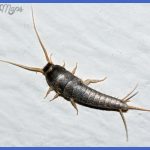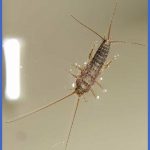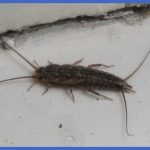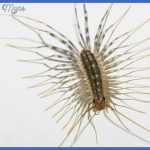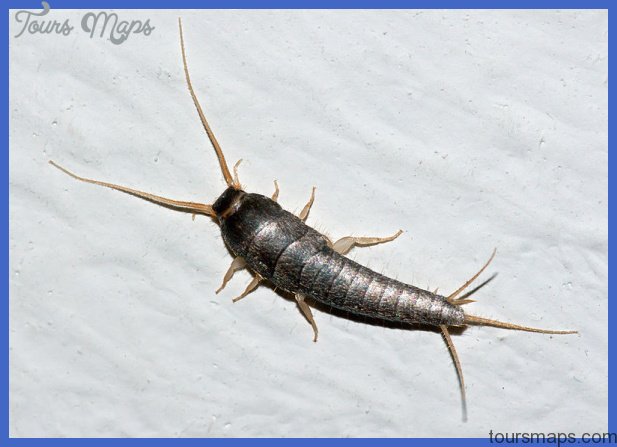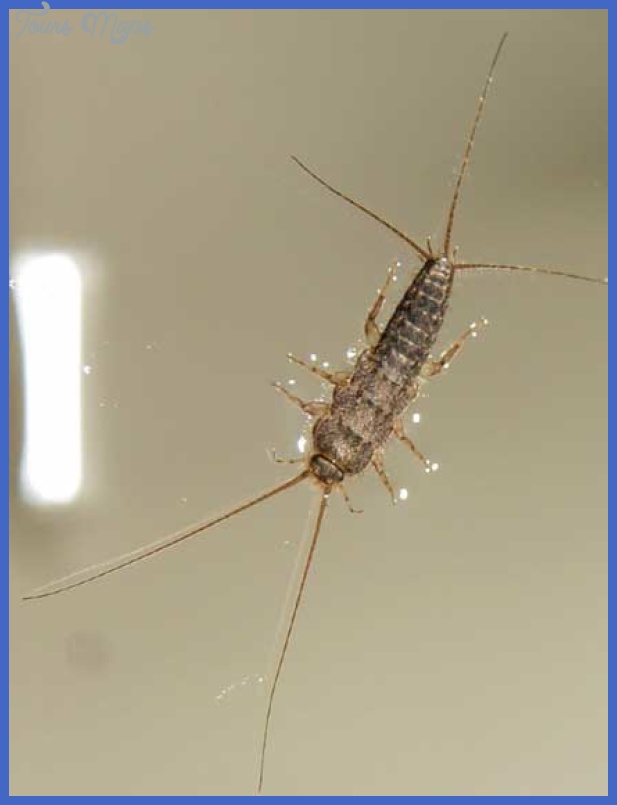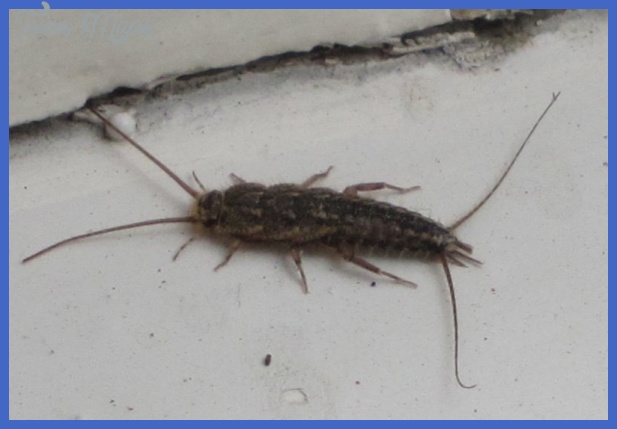Fly fishers eagerly await the emergence of various mayfly species, but the joy of matching the hatch can be overpowered by the return of the blackfly. Beginning in late April or early May, swarms of these biting gnats appear, causing extreme discomfort to man and beast alike.
Blackflies inject their victims with a local anesthetic before biting and extracting blood. People can suffer numerous bites without their knowledge; the only defense is to take precautions against being bitten.
Old-timers know the best way to thwart blackflies is to keep as much skin covered as possible. To wear shorts and short-sleeved shirts is to ask for trouble. Long pants, longsleeved shirts, and a hat are the minimum needed to protect yourself from blackflies. Unfortunately, these diabolical creatures have the habit of crawling up pant legs and inside stockings. You can put rubber bands around your pant cuffs to prevent this from happening.
Blackflies do have a few virtues. They provide food for untold swallows and bats, an example of even the most lowly and unloved creature occupying an important place in nature’s grand scheme. By the time summer arrives, blackflies have all but disappeared from most of the state.
Mosquitoes begin to be a nuisance shortly after the blackflies have stopped hatching. Thick woods, wetlands, and coastal marshes are prime areas for mosquitoes.
No-see-ums are sometimes described as being all teeth and no wings. These minuscule insects, capable of passing through most window screens, are primarily nocturnal. If you awaken during the wee hours with a burning, itching sensation, you are probably suffering from no-see-um bites.
Ticks are present in Maine, and with them, the possibility of lyme disease. The best way to keep ticks off you is to stay on trails instead of bushwhacking. Since ticks stick to the brush, in wait for passing animals, you should walk in the open as much as you can. Be sure to check your clothing for ticks after each day’s outing. Tick populations are localized in Maine, but even in tickfree areas, it pays to take precautions.
Deerflies are the ubiquitous summertime nemesis of animals and people. These biting flies will swarm about your head, finally landing on your neck to inflict a large, painful bite. Some anglers use deerfly strips, sticky rectangles of paper that attach to the back of your hat. Deerflies land on this strip and are trapped. Deer and moose are sometimes driven to distraction by deerflies. The frenzied animals are often struck on Maine highways after running out on the road to escape deerflies.
Maine’s coastal residents are familiar with the pesky greenhead fly. These look like houseflies, but are decked out in a shiny, emerald green. Greenheads, like deerflies, inflict nasty bites. In fact, greenheads can bite through some clothing. Greenheads are found along beaches and in salt marshes, and will often follow boats over the open ocean.
All of Maine’s insect pests can be thwarted by applying insect repellent containing diethyl toluamide (DEET). Different brands contain varying percentages of DEET. The stronger the concentration, the more long-lasting the effect. DEET does have a few drawbacks. It is harmful to some finishes, especially those found on fishing rods and fly lines. Additionally, DEET can eat into some plastics. Make it a practice to wash your hands with soap and water after applying insect repellent, especially before handling your fishing tackle.
Some persons are fearful of the chemicals in standard insect repellents, so they choose natural repellents. These usually contain oil of citronella and pennyroyal. Others choose to protect themselves in a different way. Two-piece mesh suits will give full body protection. Sometimes, an insect headnet is all you need to keep bothersome bugs at bay. The choice is yours.
Fish Insect Pests Photo Gallery
Maybe You Like Them Too
- The Best Cities To Visit in The World
- World’s 10 Best Places To Visit
- Coolest Countries in the World to Visit
- Travel to Santorini, Greece
- Map of Barbados – Holiday in Barbados

